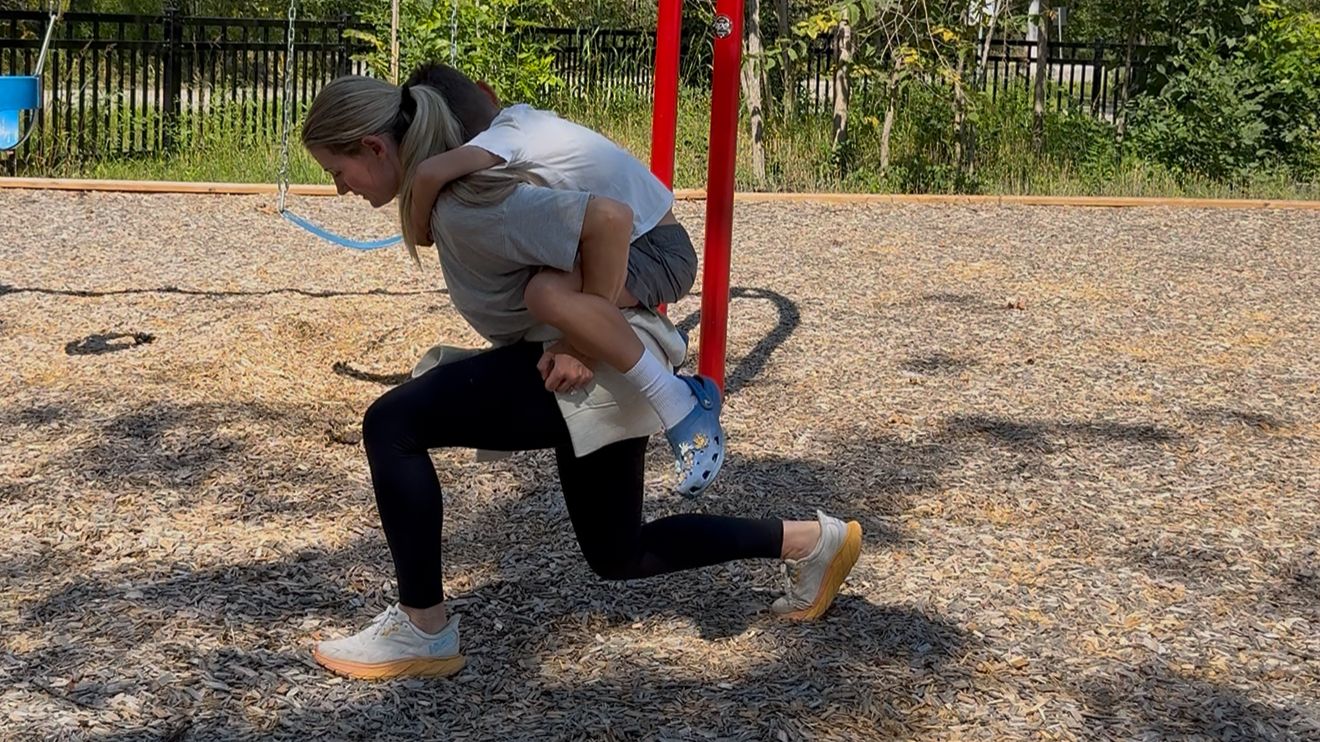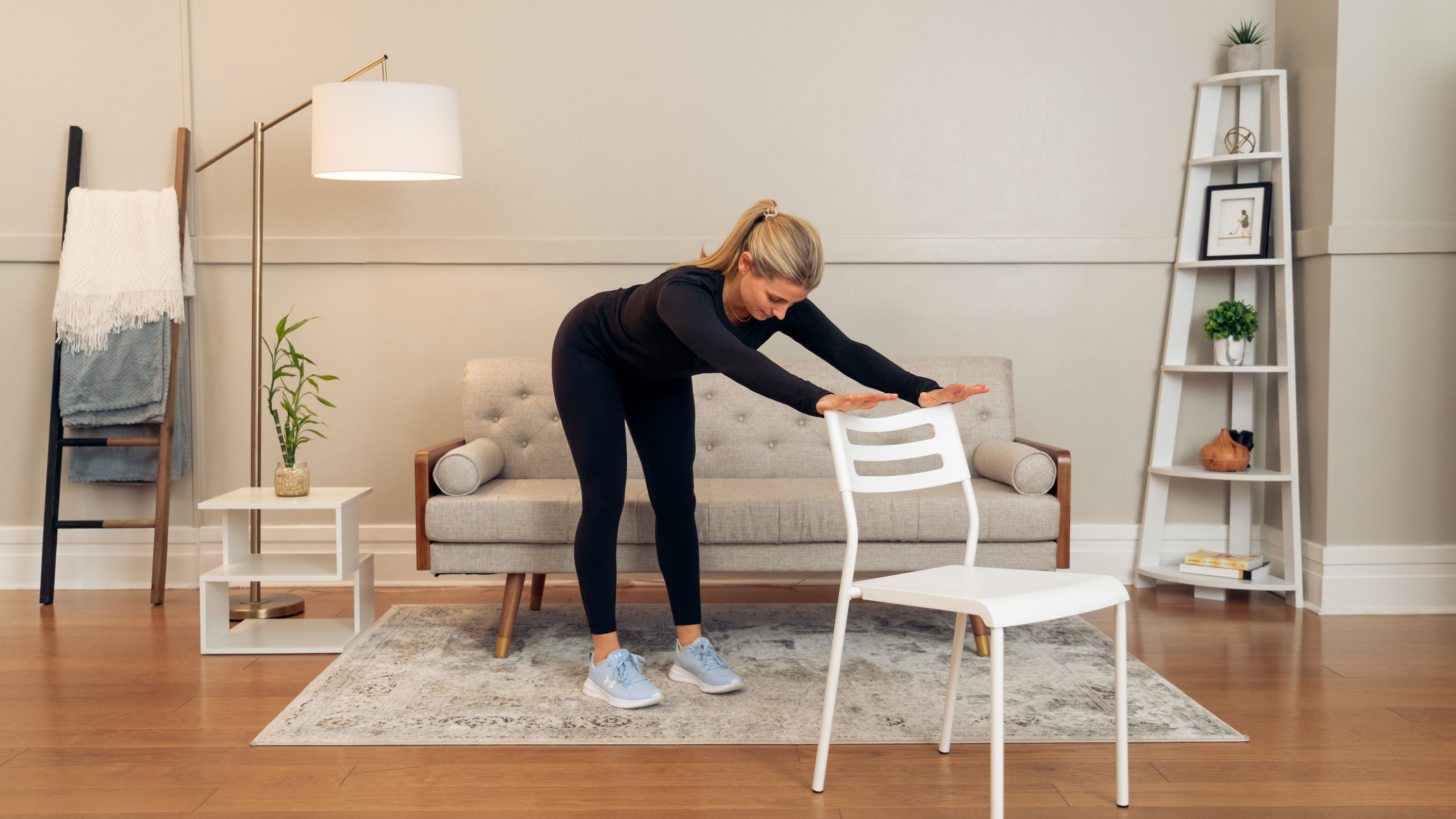Exercising with or After a Hip Injury: A Holistic Approach to Recovery

Hip injuries can be challenging, affecting our daily activities and overall quality of life. As someone who has worked with individuals of all ages and abilities, I've seen firsthand how a hip injury can impact not just the affected area, but the entire body. In this post, we'll explore effective strategies for exercising with or after a hip injury, emphasizing a holistic approach to recovery and mobility.
Understanding Hip Injuries and the Importance of Holistic Mobility
Every hip injury is unique, influenced by various factors that differ from person to person, even when symptoms appear similar. This individuality highlights the need for personalized care and attention to your specific needs.
When dealing with a hip injury, it's tempting to focus solely on the painful area or avoid it entirely. However, I don't believe in isolating certain areas or systems in the body. Our bodies function as holistic units, with different areas more interrelated than we often realize.
For example, the relationship between your hips is crucial for compensation, balance, and stability while walking. Your spine's mobility directly impacts your hips; a stiff back can cause your hips to work harder, leading to further discomfort. Similarly, when knee joints aren't moving optimally, it puts more force on the hips as the knees can't fully absorb impact.
Every part of the body functions better when surrounding areas are operating optimally. This interconnectedness is particularly important for those recovering from hip replacements. During recovery, extended periods of sitting can disadvantage your circulatory and lymphatic systems, which are key to healing. Prolonged compression in the front of the hip can hinder blood flow and lymphatic drainage, impacting not just the hip but the entire lower body.
Understanding this holistic approach to hip health is crucial for effective recovery and long-term mobility. By viewing your body as a interconnected whole, we can create more well-rounded and powerful approaches to healing and building strength following a hip injury.
Strategies for Incorporating Movement
To support your hip health and overall well-being, consider these strategies:
Frequent Movement Breaks
- Avoid prolonged periods of sitting.
- Stand up and walk around every 1-2 hours.
- On long drives, plan stops to walk around.
Micro-Movement Sessions
If longer exercise sessions aren't feasible, aim for 2-5 minutes of gentle movement throughout your day. These small, consistent habits can yield lasting results in maintaining a healthy lifestyle. You can try one of my FREE 5 minute workouts here.
Kitchen Counter Workouts
Utilize everyday moments, like preparing meals, to incorporate movement:
1. Hip Circles: Hold the counter and make slow circles with your hips.
2. Standing Leg Swings: Swing one leg forward and back while holding onto the counter for balance.
3. Calf Raises: Rise onto your toes and lower back down.
Here's one of my kitchen counter routine you can try!
The Power of Slow and Low-Impact Exercises
When it comes to exercising for hip mobility, strength, and restoring balance, slow and low-impact exercises are generally the most beneficial. These movements allow for greater control and reduce the risk of further injury or strain on the hip joint.
For those who are reluctant to exercise or unsure about how to stay safe with a recovering hip, the videos available at Inclusive Movement are designed with you in mind. I've created these routines specifically for individuals who may feel hesitant due to concerns about injury or uncertainty about what to do.
Our video library offers a range of gentle, low-impact exercises that focus on controlled movements. This approach minimizes stress on the joints while still delivering effective workouts. By emphasizing proper form and alignment, these exercises are crucial for rebuilding strength and improving mobility in the hip area.
I encourage everyone to start with exercises that feel comfortable and gradually increase intensity or duration as your hip strength improves. Listening to your body is essential; we always emphasize avoiding pushing through pain to ensure a safe recovery process.
Embracing a Holistic Approach to Hip Health
Recovering from a hip injury requires patience, consistency, and a holistic approach to movement. By understanding the interconnectedness of our body systems and incorporating regular, gentle movement into our daily routines, we can support our hip health and overall well-being.
Remember that small, consistent efforts can lead to significant improvements over time. Listen to your body, move mindfully, and celebrate each step towards improved mobility and strength. Your journey to better hip health is unique; with the right approach, you can achieve lasting results and return to the activities you love.






